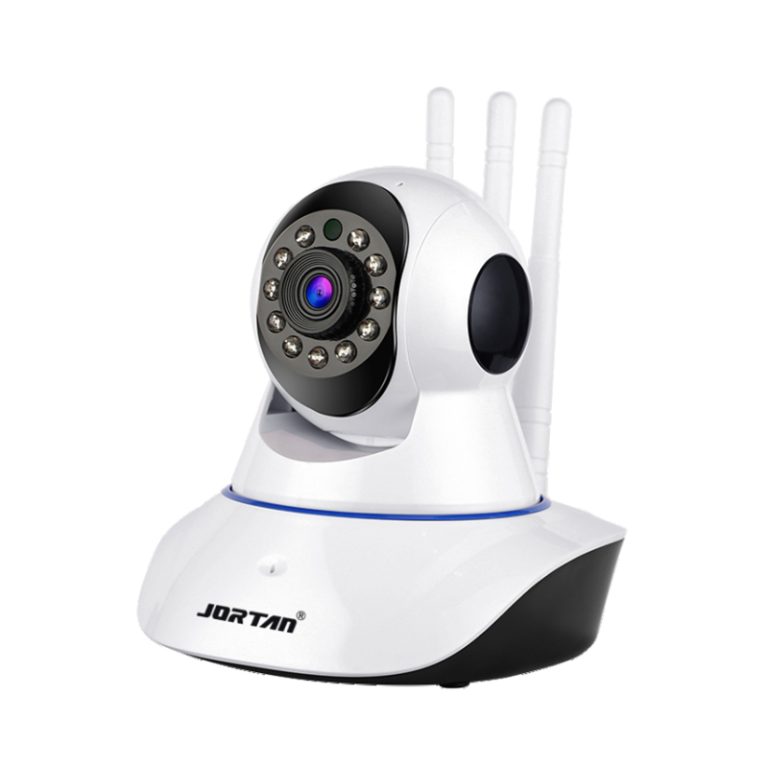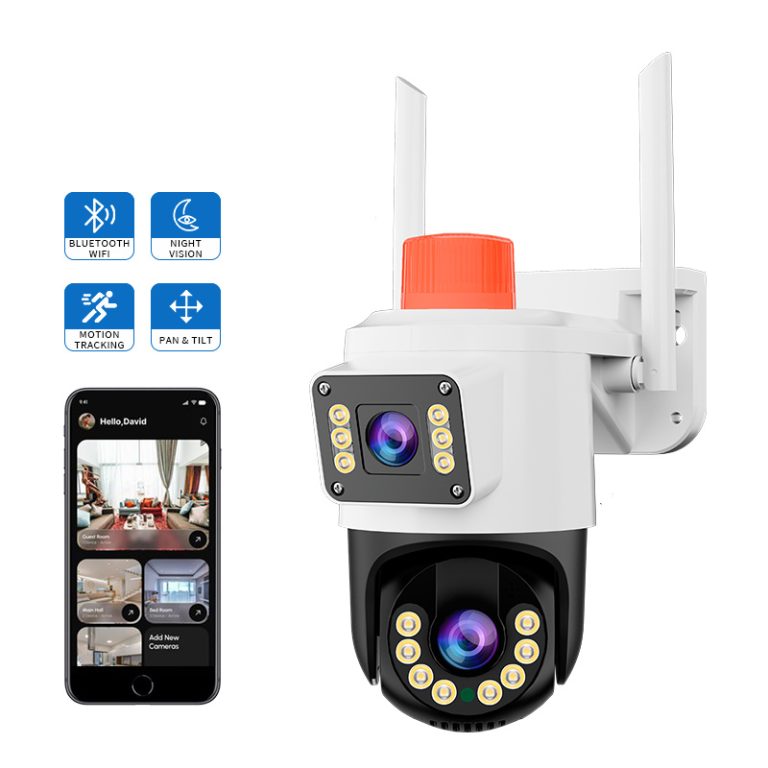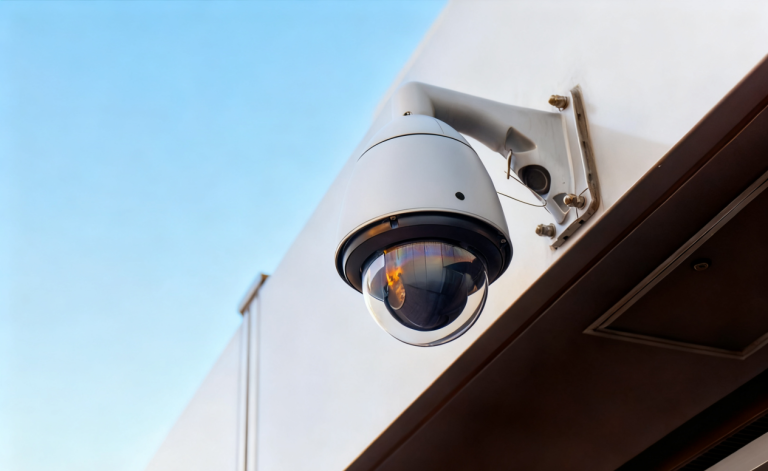Choosing the correct security camera seems like an important choice. You need something that suits your house or company without costing too much or creating problems later. Wireless security cameras have simplified matters. They remove tangled cables. And they allow you to put them in many places. But there is a problem: not every camera is made the same way. Models for outside deal with wet weather and dirt, while those for inside mix well with your sitting room. This guide explains the variations between outdoor and indoor wireless security cameras. We will discuss build, functions, installation, and usual errors. At the finish, you will understand how to pick one that fits your requirements. If you are looking at an IP CCTV camera for your car storage or a hidden indoor security camera for the baby’s room, selecting properly improves your calm feelings.
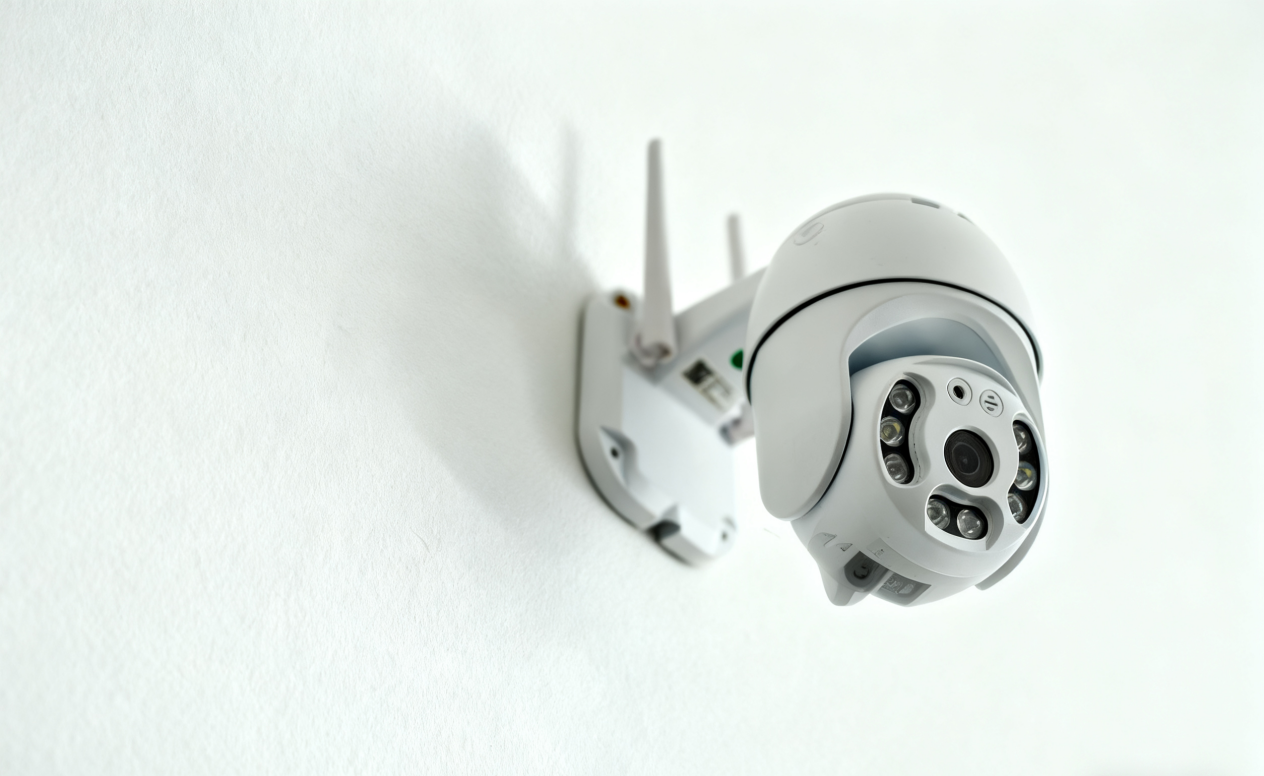
The Fundamental Differences in Design and Durability
Build creates the base for how well a camera works in its location. Outdoor and indoor wireless security cameras may appear alike at first look, but examine closer, and you will notice large differences in construction quality and parts. These variations come from the surroundings they meet each day. Cameras for outside fight the weather, while those for inside aim to fit in without notice. Let’s break it down.
Outdoor Cameras: Weatherproofing and IP Ratings
Outdoor wireless security cameras resist hard situations. Consider water falling heavily or dirt moving in the air. These cameras have covers that block liquid. Many have IP ratings such as IP65 or IP67. What do those indicate? IP65 guards against dirt and liquid streams from all sides. IP67 does more, lasting when placed under water up to 1 meter for 30 minutes.
Parts are also important. Models for outside frequently use metal cases or strong plastic that fights sun rays. This stops breaking after a long time in sunlight. Designs that resist damage add extra protection, with covers that handle hits and ignore thrown stones. If you are protecting a path for cars, an outdoor IP CCTV camera makes sure video remains sharp even in a snowstorm. Costs begin near $50 for simple types, but plan to spend $100 or more for those with 4K clarity.
Moving from the sturdy construction of outdoor cameras, indoor versions follow a separate path. They focus on appearance and staying unseen, which works for areas like homes or workplaces where looks matter.
Indoor Cameras: Discretion and Aesthetics
Indoor security cameras do well at being quiet. Nobody wants a large tool that does not match their room style. These cameras often look like common things, like a PTZ light bulb camera that fits into a holder. Wireless security cameras for inside aim to blend in, using plain colors and tiny sizes.
Strength here means handling dirt from regular life, not strong winds. They may not have high IP ratings, but that is okay because they are protected inside. Functions like 360 degree wireless camera sights let you turn around a space without shifting the device. The JT 8177 camera of Jortan, for example, provides even turning and clear video, making it good for watching children or animals. If you want a CCTV security camera that does not shout “watching,” indoor models provide it.
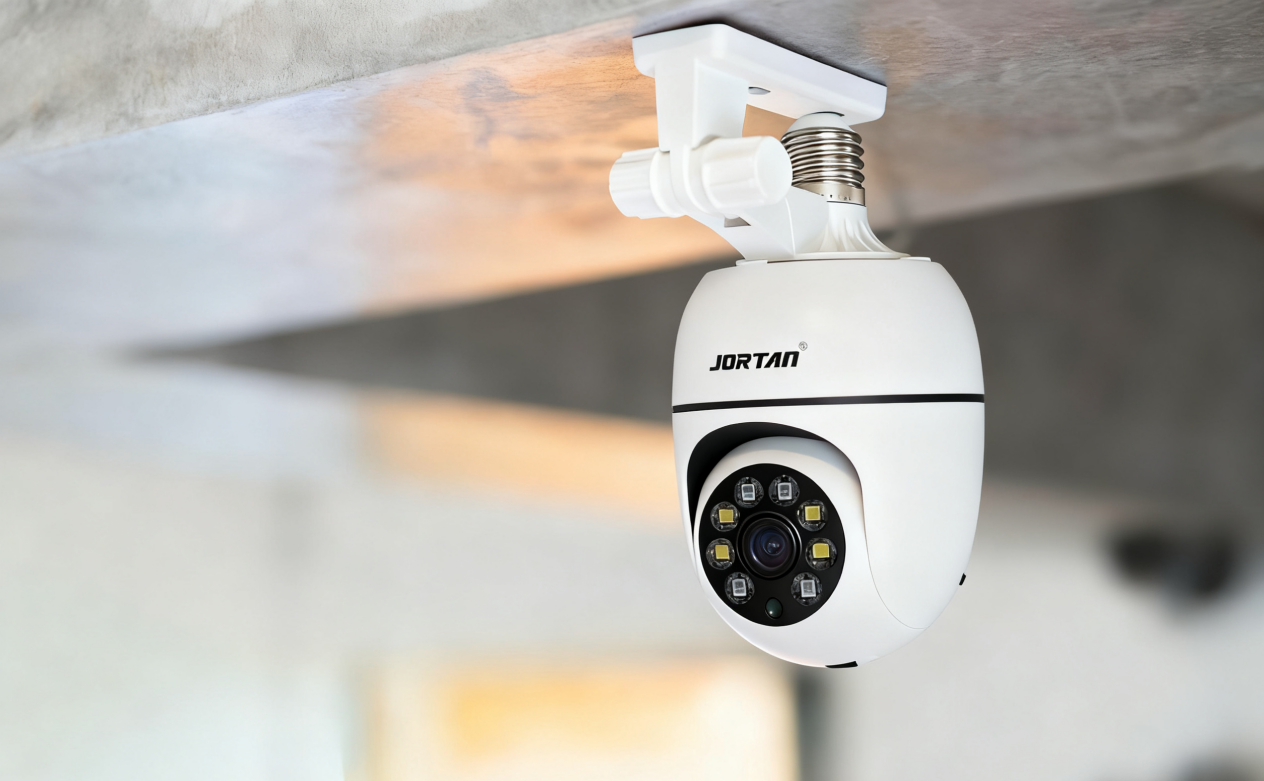
Key Features Based on Your Monitoring Environment
Features turn a basic camera into a smart guardian. But not every bell and whistle fits every setting. Outdoor wireless security cameras need robust night vision for dark yards, while indoor ones might emphasize quiet operation. Matching features to your space avoids wasting money on extras you won’t use. Here’s what to weigh.
Night Vision Function for Clear Images Around the Clock
Darkness shouldn’t blind your security. Night vision uses infrared LEDs to light up scenes without visible glow. Outdoor IP CCTV cameras often pack more LEDs—say, 20 or 30—for ranges up to 100 feet. This catches intruders sneaking around at midnight. In tests, models like those from Jortan show crisp black-and-white footage even in pitch black.
Indoors, night vision is gentler. Fewer LEDs suffice for rooms, maybe 10 feet of range. The JT 8177 camera switches seamlessly to color night vision with built-in spotlights, illuminating a hallway without waking anyone.
Shifting from visibility in the dark, alerts play a key role in keeping you informed without constant checking.
Motion Detection and AI Alerts to Filter Out False Alarms
Motion detection wakes the camera when something stirs. Basic sensors trigger on any movement, like leaves blowing. But AI steps in to smarter alerts. Outdoor wireless security cameras use AI to spot people versus animals, cutting down notifications. A Jortan CCTV camera might send an app push only for human activity, ignoring your neighbor’s cat.
Indoors, AI focuses on specifics like baby cries or package deliveries. The 360 degree wireless camera in the JT 8177 model zones areas, alerting for motion in the crib but ignoring the fan. Real-world use shows AI reduces false alarms by 70%.
Consider Installation and Power for Maximum Convenience
Setup can make or break your experience. Wireless security cameras promise freedom, but power and placement add twists. Outdoor ones might need solar panels, while indoor PTZ light bulb cameras plug right in. Think about your routine—do you want to climb ladders often? Let’s explore.
The Flexibility of Wireless Power and Battery Life
No cords mean easier installs. Battery-powered outdoor cameras last 3-6 months on a charge, depending on traffic. Solar camera options from Jortan recharge daily, extending life indefinitely in sunny spots. An IP CCTV camera with a 5000mAh battery might record 10 events a day without dying.
Indoors, options vary. The JT 8177 camera draws power from a USB port, running continuously. Wireless security cameras here often use rechargeable batteries lasting 2-4 months. For a CCTV security camera in a high-traffic kitchen, plug-in models avoid downtime. Moving from power sources, where you mount the camera, affects everything from view to reliability.
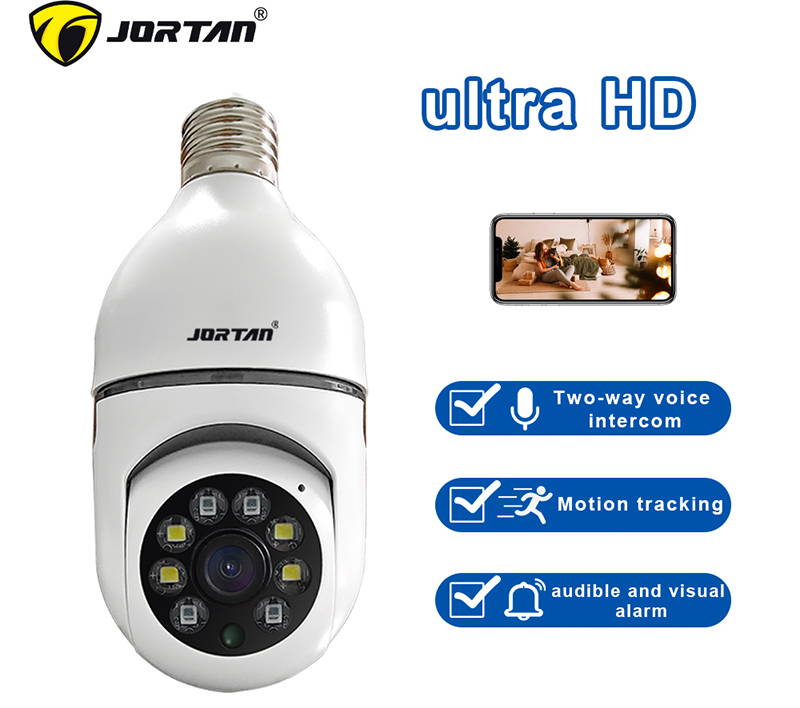
Find the Perfect Spot for Optimal Coverage and Signal
Placement is key. Outdoors, aim high—8-10 feet—to cover wide areas without tampering. Signal strength drops with distance; keep within 100 feet of your router. Walls weaken Wi-Fi, so test spots first.
Indoors, discretion rules. Mount a 360 degree wireless camera on a ceiling for full-room views. The Jortan CCTV camera line, including the JT 8177 camera, includes adjustable brackets for angles up to 90 degrees. Avoid spots near microwaves that interfere with signals. A quick tip: Use apps to preview coverage before drilling.
Avoid Mistakes by Matching the Camera to Its Location
Mixing up camera types leads to regrets. An indoor security camera outside might fail in a storm, while an outdoor one indoors looks out of place. Learn from common errors to save time and cash.
- The Risks of Using an Indoor Camera Outdoors: Tempted to save money? Think twice. Indoor wireless security cameras lack seals, so rain seeps in, shorting circuits. Exposure to sun fades plastics, and cold snaps crack lenses. One user reported their PTZ light bulb camera lasting just two weeks outside before fogging permanently. Worse, warranties are void if misused. Stick to purpose-built IP CCTV cameras for exteriors. On the flip side, overdoing it indoors wastes features you paid for.
- Outdoor Cameras Might Be Overkill for Indoor Use: Outdoor cameras bring heavy-duty builds indoors, but why? Their bulk disrupts aesthetics, and weatherproofing adds unnecessary cost—up to 50% more. Night vision might be too bright, disturbing sleep. If your space is climate-controlled, an indoor CCTV security camera suffices.
Conclusion
Correctly matching cameras to the installation environment is the first step to building an effective and reliable home security system. It saves you from repairs and ensures steady performance.
If you’re still struggling with a specific location, feel free to explore Jortan‘s range of cameras designed for different scenarios. We have the perfect solution for every need, from indoor security cameras to robust outdoor options. For more information about the JT 8177 camera, or if you’re planning to upgrade your security cameras, contact Jortan at kingjin@safejortan.com.cn today to discuss a customized security solution for you!

